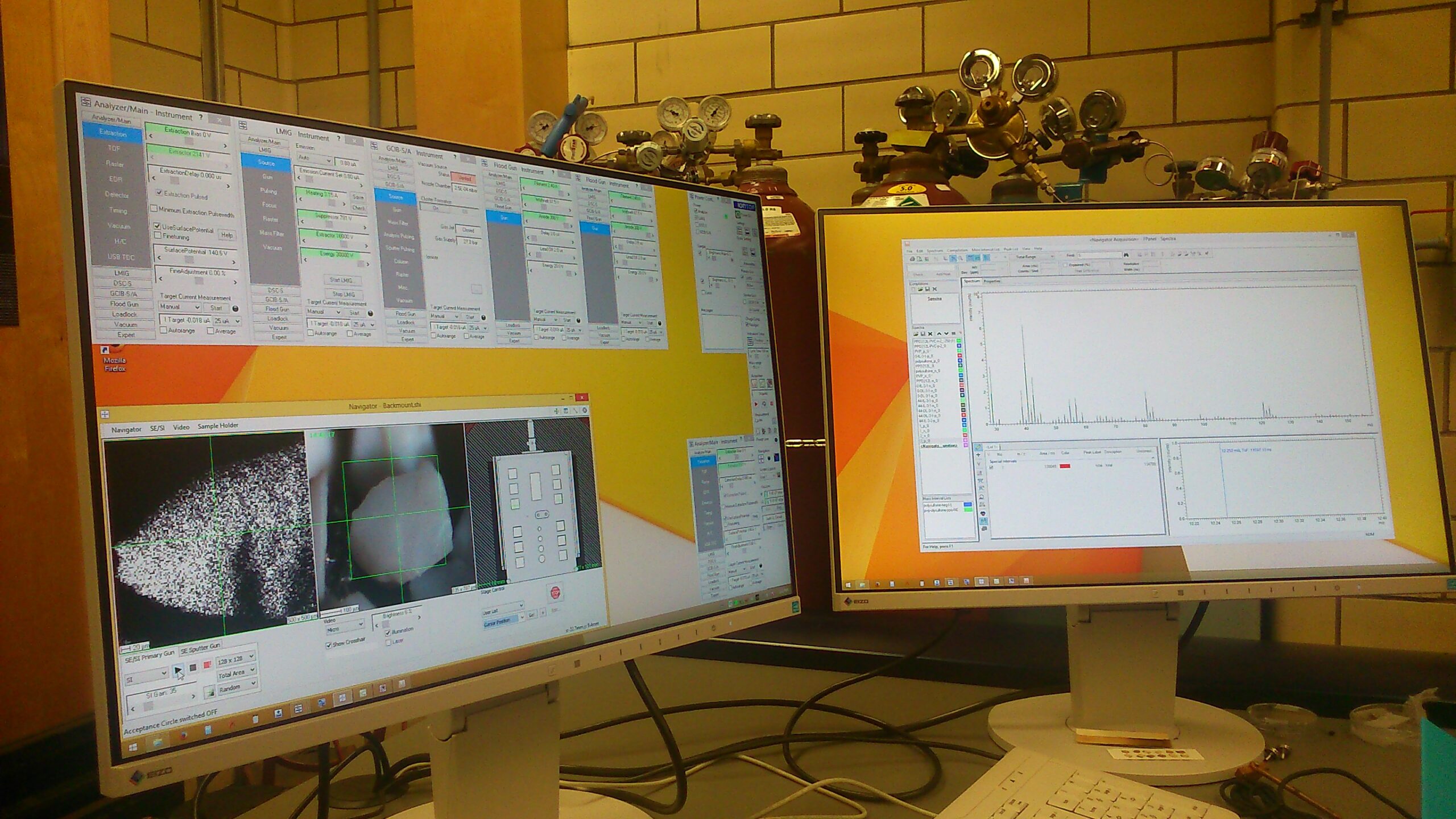
Methods

Thermal Analysis
Thermal Analysis is a versatile tool, which can be used in heterogeneous catalysis to study the progress of a thermal decomposition of catalyst, support or promoter precursor, as well as pyrolysis and combustion processes. When TGA is coupled with DTA, DSC or MS, it can give valuable insight into mechanism, the magnitude of a thermal effect, etc.

scanning electron microscopy – energy dispersive x-ray spectroscopy (sem-edx)
Imaging the surface of catalysts and other solids and probing the elemental composition deeper than XPS can be beneficial to determine the topography, distribution of the elements and to check if the elements found with XPS are contaminants only on top layers of the surface or further into the material.
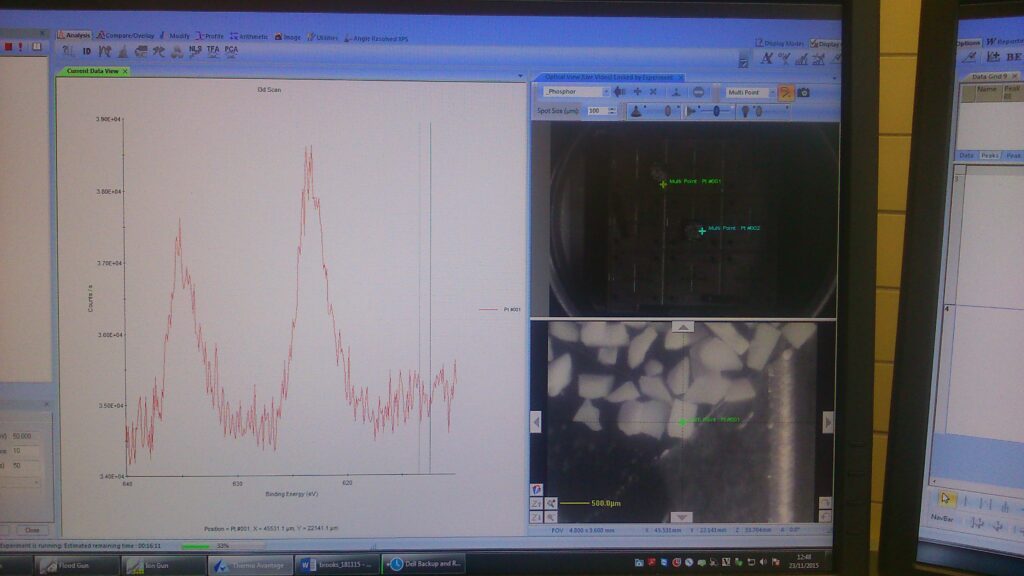
x-ray photoelectron spectroscopy (xps)
XPS is an essential part of heterogeneous catalyst characterization. The survey spectrum provides information about the elements present on the surface of the catalysts, whereas the detailed regions can show the differences of the chemical environment of the species. Unfortunately, most scientists interpret physical phenomena which affect the spectra as chemical facts.
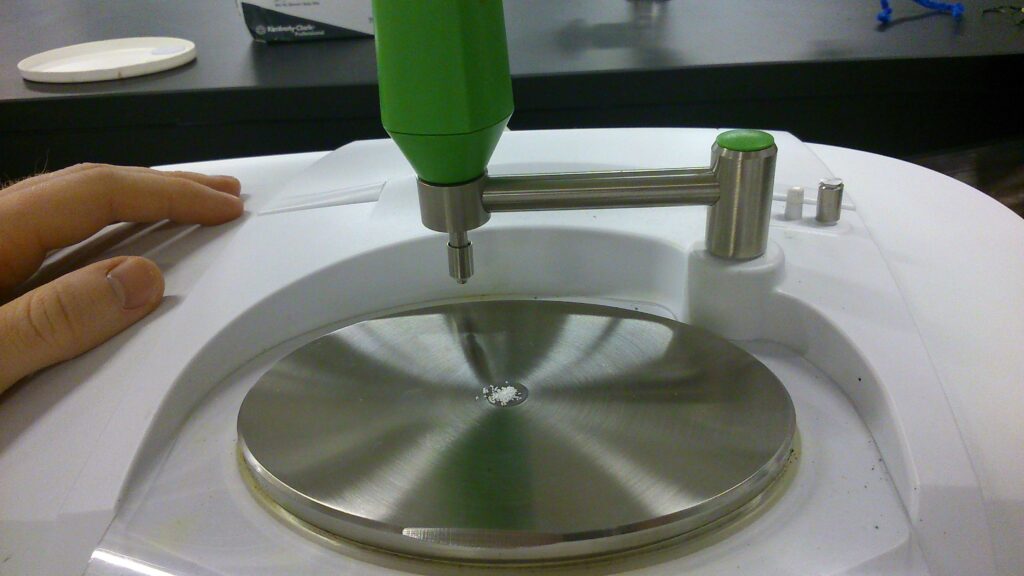
attenuated total reflection Fourier-transform infrared spectroscopy (atr-ftir)
The method can be used for much more than organic molecules! Though it is excellent in identification of different classes of organic compounds, it can also be used to study inorganic solids. The interaction of solids with ambient air results in the formation of functional groups, such as hydroxyl and carbonyl groups, which interact with the acidic and basic sites on the surface of catalyst.
x-ray diffraction
If it’s a solid, it requires X-Ray Diffraction.
Collaborating in XRD since 2007 with:
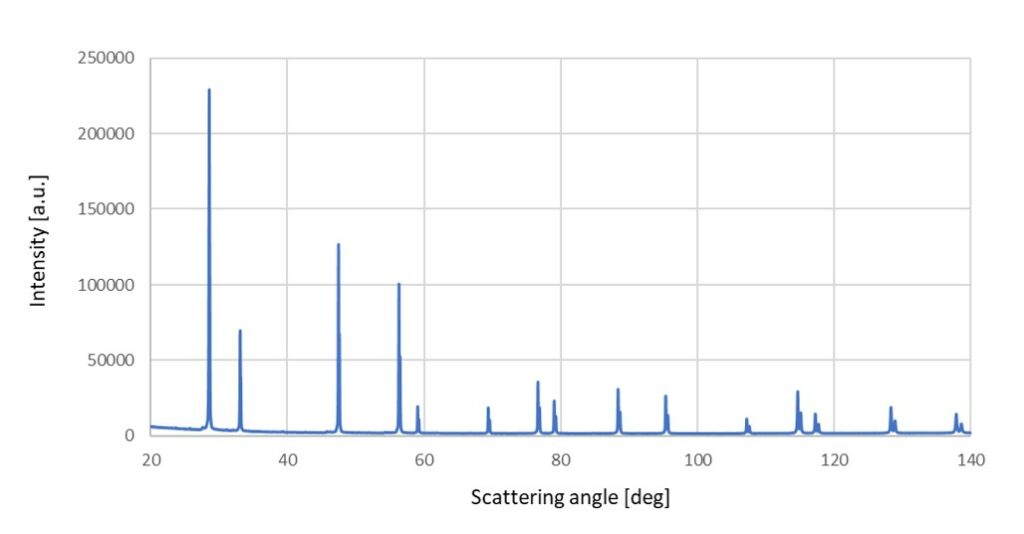
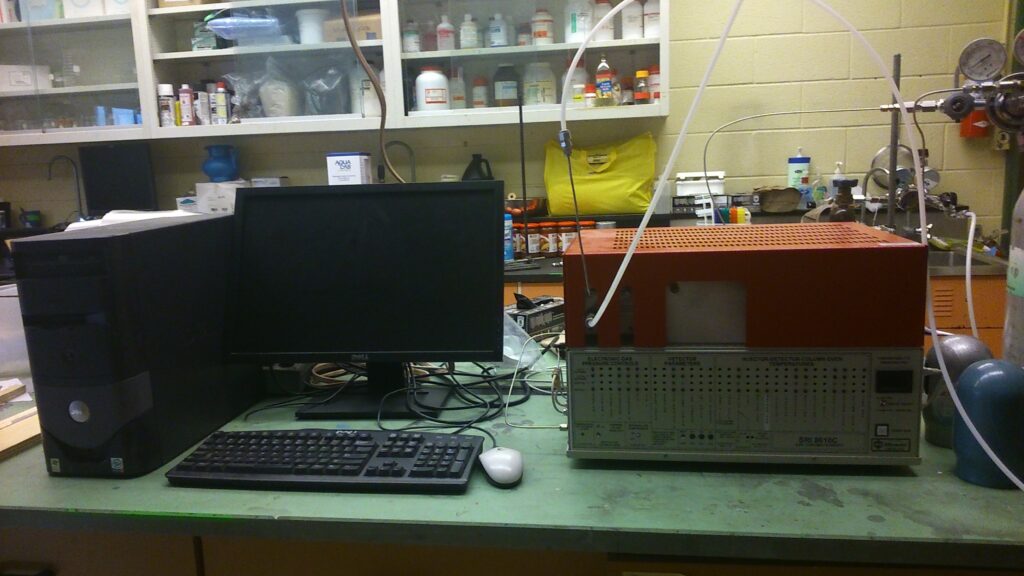
gas chromatography
A gas chromatograph can be one of the most versatile tools for evaluating the progress of a reaction (inorganic or organic) in heterogeneous catalysis.
Add a second detector and a methanizer for enhanced performance.
Equip the GC with mass spectrometry and there are very few instruments which can be equally useful.
